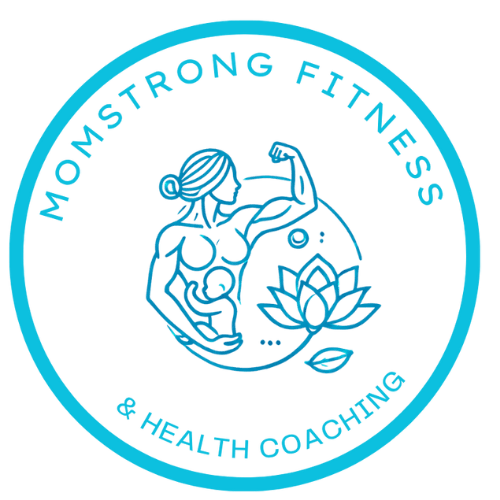
If you’ve ever felt like some days at the gym feel amazing while others feel like a slog, your menstrual cycle might be the missing piece of the puzzle. Our hormones fluctuate throughout the month, and those changes can directly impact energy levels, recovery, and even which types of workouts feel best. Instead of pushing through with a one-size-fits-all approach, understanding how your cycle affects exercise can help you train smarter, not harder.
The Menstrual Phase: Restorative Movement
The menstrual phase, or the days when you have your period, can come with lower energy levels, fatigue, or cramps. Estrogen and progesterone levels are at their lowest, which can make high-intensity workouts feel especially challenging. This doesn’t mean you should skip movement altogether, but it’s the perfect time to listen to your body. Gentle forms of exercise—like yoga, stretching, walking, or light strength training—can help reduce cramps and improve mood without overtaxing your body. If you’re feeling sluggish, remember that rest is part of the process. A lower-intensity week won’t derail your progress.
The Follicular Phase: Time to Push Harder
Once your period ends, energy levels usually start to rise. This is thanks to an increase in estrogen, which improves endurance, boosts mood, and can even help with strength gains. The follicular phase (typically days 6-14) is an ideal time to go for more intense workouts, whether that’s heavy strength training, HIIT sessions, or trying new fitness challenges. Your body is primed to recover faster during this phase, making it the perfect window to push harder and aim for personal bests.
Ovulation: Peak Power and Confidence
Ovulation usually occurs around the middle of your cycle (day 14 in a 28-day cycle), and many women notice a peak in energy and confidence. Estrogen levels are at their highest, which means your body is strong, stable, and ready for explosive movements like sprinting or powerlifting. If you’ve been waiting to hit a PR in the gym, this might be your moment. Just keep in mind that some women may be slightly more prone to ligament injuries during this phase, so a proper warm-up and good form are essential.
The Luteal Phase: Focus on Endurance and Recovery
After ovulation, progesterone levels rise, and you might start to feel a dip in energy, especially during the days leading up to your next period. This luteal phase can be a great time to shift your focus from high-intensity workouts to endurance-based activities like steady-state cardio, Pilates, or moderate strength training. Your body might crave slower, more intentional movement, and that’s okay. If you experience PMS symptoms such as bloating, mood swings, or fatigue, prioritize recovery with activities like gentle stretching, mobility work, or walking.
Why Cycle-Syncing Your Workouts Works
Tailoring your workouts to your cycle can make exercise feel less like a chore and more like something that flows naturally with your body’s rhythm. Instead of fighting low-energy days, you can use them for recovery or lighter workouts, while capitalizing on the phases where your energy and strength peak. This approach not only helps with consistency but also reduces the risk of burnout and injury.
Final Thoughts
The menstrual cycle isn’t something to work against—it’s a powerful tool for understanding your body’s natural ebbs and flows. By paying attention to how you feel throughout the month, you can create a workout routine that aligns with your energy levels and hormones. Remember, there’s no single “right” way to exercise during your cycle, but tuning in and adapting can help you move smarter, feel better, and stay consistent in the long run.



